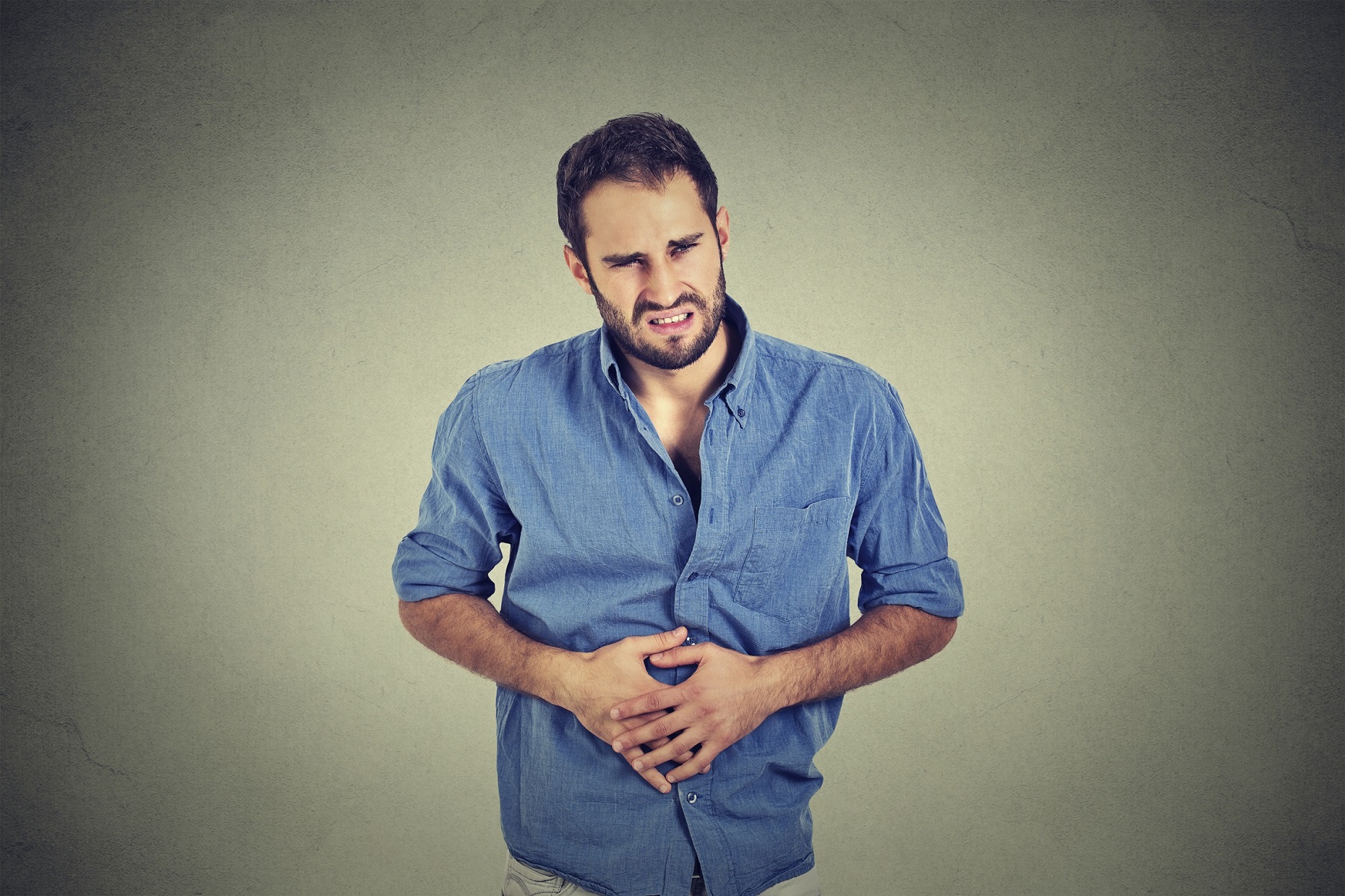Crohn’s disease can affect all, or part of the intestine and it is estimated that there are about 100,000 young people (aged 20 to 40 years) and older people (aged 70 years and over) suffering of Crohn’s disease in Italy alone. It is a chronic disease that has alternating periods of wellness and outbreaks during which symptoms recur. Even when the symptoms are not present there is no stage of complete recovery.
A new therapy though which is still in its testing phase is proving to be promising.
Professor Silvio Danese, head of the Center for Inflammatory Bowel Disease discussed the topic further in the weekly Confidential publication.

What is Crohn’s disease and how does it occur?
Crohn’s disease is a chronic inflammation of the intestine. In 90% of cases it only covers the last part of the small intestine and colon, but it can also affect the entire gastrointestinal tract.
It causes the formation of ulcers which, if not treated properly, can lead to a number of complications such as stenosis (bowel obstruction) or fistulas (holes in the gut).
The main symptoms are:
- pain and abdominal cramps
- diarrhea
- blood in stool
- high temperature
- significant decrease in body weight .
What are the causes?
The causes of the disease are unknown. However, it seems that family predisposition and alterations of bacterial flora in the intestine may be possible risk factors.
What tests can be done?
We diagnose the disease mainly through a colonoscopy, ultrasound of the intestinal loops and magnetic resonance imaging of the abdominal area.
How can we cure Crohn’s disease?
Generally drugs are being administered with high anti-inflammatory effects, such as cortisone, or biological medicine. In the event of complications however, surgery may be the best course of action.
A new therapy based on stem cell injections to Crohn’s patients with perianal fistulas, which do not respond to conventional treatments has proven very effective. This new method could be able to control the disease, constituting an effective alternative to drugs and surgery. This discovery, which remains in the testing phase, is the result of a European study conducted by Professor Danese, published in the journal Lancet.
-
3,400 Physicians
-
110,400 Annual surgeries
-
190,400 Annual Inpatient Admissions
-
928,000 Patients


